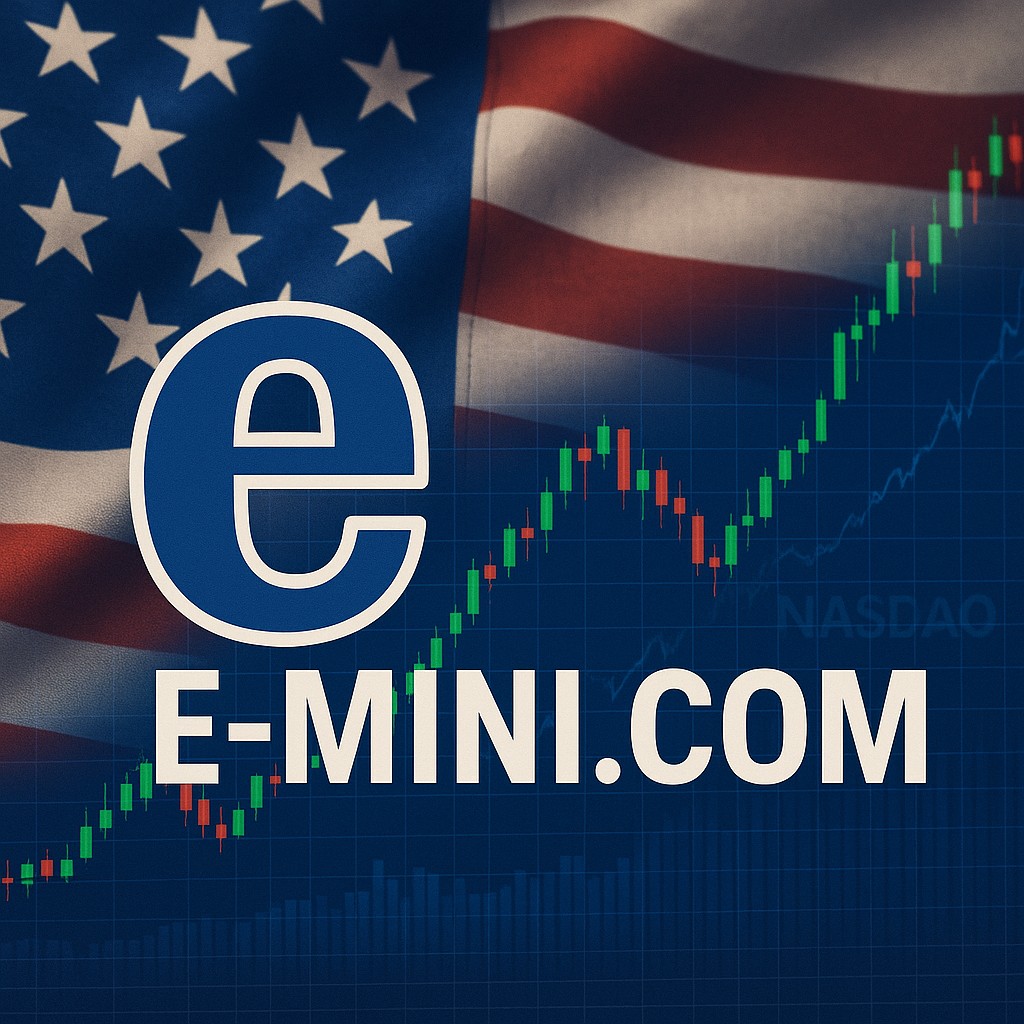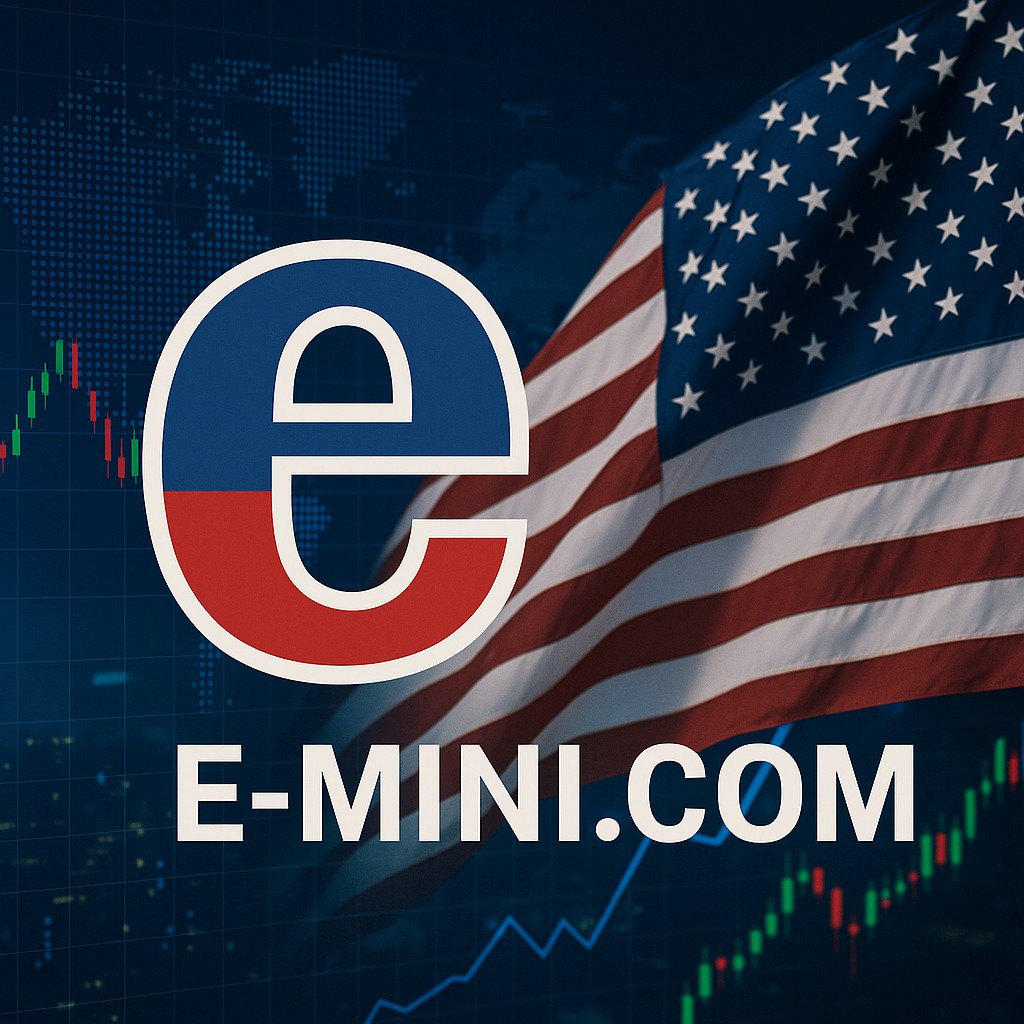The Nasdaq 100 futures contract is a key instrument for investors, traders, and institutions aiming to gain exposure to the performance of the Nasdaq 100 Index. This index consists of the top 100 non-financial companies listed on the Nasdaq Stock Exchange, encompassing technology giants such as Apple, Microsoft, and Amazon. Trading futures on this index has become increasingly popular due to the high volatility and significant growth potential of the technology sector. This article delves into the history, trading symbols, exchanges, and the various benefits of trading the Nasdaq 100 futures contract for different types of market participants—hedgers, retail traders, and institutions. We will also explore in detail the E-mini and Micro Nasdaq 100 futures contracts.
Nasdaq 100 Futures
The Nasdaq 100 futures contract was first introduced in 1996, shortly after the explosive growth of the technology sector in the 1990s. The launch of the futures contract provided investors a new way to speculate on or hedge against the performance of the Nasdaq 100 Index. The underlying index, introduced in 1985, became a benchmark for the tech-heavy companies listed on the Nasdaq exchange.
Since its introduction, the Nasdaq 100 futures has evolved into smaller contract sizes (the Nasdaq 100 Futures contract doesn’t trade anymore) like the E-mini Nasdaq 100 and Micro Nasdaq 100 futures contracts, which were created to attract a broader range of market participants. The availability of these smaller contracts made it easier for retail traders to participate in the market with less capital, while also offering additional precision for institutional hedgers.
Trading Symbols and Exchanges
The Nasdaq 100 futures contract is typically identified by the trading symbol “NQ.” This symbol is widely recognized among traders and serves as a shorthand identifier for the futures contract based on the Nasdaq 100 Index. The E-mini Nasdaq 100 futures contract uses the same symbol, “NQ,” with additional specifications for the E-mini contract size.
The Nasdaq 100 futures contract is primarily traded on the Chicago Mercantile Exchange (CME) through its Globex electronic trading platform. CME Globex provides 24-hour access to the market, allowing traders to respond to news and events around the clock. Other exchanges, such as the ICE (Intercontinental Exchange), also offer access to Nasdaq-related instruments, but CME remains the primary venue for futures trading.
Benefits of Trading the Nasdaq 100 Futures Contract for Hedgers
One of the most significant benefits of trading Nasdaq 100 futures contracts is its utility as a hedging tool. Hedgers, such as institutional investors, mutual funds, and portfolio managers, use the NQ futures contract to protect their portfolios against adverse price movements in the Nasdaq 100 Index. Since the index includes high-growth technology stocks that are often more volatile than the broader market, managing risk becomes essential for those exposed to this sector.
For example, a portfolio manager who holds a large position in tech stocks might use Nasdaq 100 futures contracts to hedge against potential downturns. By taking a short position in the NQ futures contract, the manager can offset losses in their equity holdings if the market declines. In this way, hedgers can lock in profits, reduce risk, and stabilize returns during periods of market uncertainty.
In addition to protecting against adverse movements, hedging with Nasdaq 100 futures contracts can also enhance flexibility. Futures contracts are leveraged products, meaning hedgers can control a large amount of capital with a relatively small margin deposit. This feature allows institutions to hedge large positions efficiently, without needing to liquidate their equity holdings.
Benefits for Retail Traders
Retail traders can also benefit from trading the Nasdaq 100 futures contract, particularly through smaller contract sizes like the E-mini and Micro Nasdaq 100 futures. The high leverage offered by futures contracts allows retail traders to speculate on market movements without needing significant amounts of capital. This leverage can amplify potential gains, although it also increases risk.
One of the primary advantages for retail traders is the ability to profit in both rising and falling markets. Unlike traditional stock investments, where profits are made primarily from upward price movements, futures contracts allow traders to take both long and short positions. This flexibility makes the NQ futures contract an attractive vehicle for traders who want to capitalize on short-term price fluctuations in the tech sector.
Additionally, the Nasdaq 100 futures contract offers retail traders access to the full market with extended trading hours. The CME Globex platform allows for nearly 24-hour trading, enabling traders to react quickly to market-moving events such as earnings reports, economic data releases, or geopolitical developments.
Lastly, retail traders often gravitate towards E-mini Nasdaq 100 futures and Micro Nasdaq 100 futures because they offer reduced contract sizes, which means lower margin requirements and more accessible entry points. The E-mini contract is 20% the size of the standard Nasdaq 100 futures contract, while the Micro version is just 2% of the full contract size. This makes both ideal for those who are new to futures trading or those who prefer smaller risk exposure.
Benefits for Institutions
Institutions, such as hedge funds, pension funds, and proprietary trading firms, utilize the Nasdaq 100 futures contract in a variety of sophisticated strategies. One of the main advantages for these large market participants is the futures contract’s liquidity. The Nasdaq 100 futures is one of the most liquid futures markets globally, providing institutions with the ability to execute large orders without significantly moving the market.
Institutions also use the NQ futures contract for speculative purposes, often employing algorithmic and high-frequency trading strategies. The deep liquidity and tight spreads of the contract make it an ideal instrument for such strategies, as institutions can quickly enter and exit positions with minimal slippage.
Additionally, the Nasdaq 100 futures contract is commonly used in pair trading and arbitrage strategies. For example, an institution might go long on the Nasdaq 100 futures while simultaneously shorting another index, such as the S&P 500, in anticipation that the tech-heavy Nasdaq will outperform. These types of strategies are appealing to institutions due to the flexibility, liquidity, and leverage that futures contracts offer.
E-mini Nasdaq 100 Futures Contract
The E-mini Nasdaq 100 futures contract, launched in 1999, was designed to provide a more accessible alternative to the full-sized contract. The E-mini contract is one-fifth the size of the standard Nasdaq 100 futures contract, making it a popular choice for both retail and institutional traders. The smaller contract size means that traders can control a position in the Nasdaq 100 Index with a smaller amount of capital compared to the full-sized contract.
One of the key benefits of trading E-mini Nasdaq 100 futures is the reduced margin requirement. With less capital at risk, traders can more easily manage their exposure to the tech sector. The E-mini Nasdaq 100 futures are also widely used by day traders due to their lower cost of entry and tighter bid-ask spreads compared to individual stocks. This makes the E-mini Nasdaq contract an attractive choice for short-term trading strategies.
Another advantage is the contract’s high liquidity, which ensures that orders are executed quickly and at favorable prices. The liquidity of the E-mini Nasdaq 100 futures contract also contributes to its tight spreads, making it cost-effective for traders who need to enter and exit positions frequently.
Micro Nasdaq 100 Futures Contract
The Micro Nasdaq 100 futures contract was introduced by the CME Group in 2019, catering to traders who wanted even smaller contract sizes. The Micro Nasdaq 100 futures is just one-tenth the size of the E-mini Nasdaq 100 futures, making it one of the smallest contract sizes available in the futures market. This smaller size makes the contract an excellent tool for retail traders who want to minimize risk or for those looking to gain exposure to the Nasdaq 100 Index without committing significant capital.
One of the primary advantages of trading the Micro Nasdaq 100 futures contract is its low margin requirement. This feature allows traders to participate in the futures market with minimal upfront investment, making it ideal for those who are new to trading or those who prefer smaller position sizes. Additionally, the Micro Nasdaq 100 futures contract offers the same 24-hour access as the full-sized and E-mini contracts, ensuring that traders can take advantage of market opportunities whenever they arise.
The Micro Nasdaq 100 futures contract also benefits from high liquidity, despite its smaller size. Traders can expect fast order execution and tight spreads, similar to those seen in the larger contracts. This makes the Micro Nasdaq 100 futures an attractive option for day traders, swing traders, and those who want to hedge smaller positions in the tech sector.
The Nasdaq 100 futures contract has become a central tool for hedgers, retail traders, and institutions looking to gain exposure to the performance of the Nasdaq 100 Index. Whether for risk management, speculative purposes, or long-term investment strategies, the NQ futures contract offers several advantages, including leverage, liquidity, and the ability to trade in both rising and falling markets.
For hedgers, the Nasdaq 100 futures contract provides an efficient way to manage risk in a volatile market, while retail traders can benefit from smaller contract sizes like the E-mini and Micro Nasdaq 100 futures. Institutions, on the other hand, value the deep liquidity and versatility of the contract for executing large trades and complex strategies.
As the technology sector continues to play a critical role in the global economy, the Nasdaq 100 futures contract remains an essential instrument for market participants across the board. Whether trading the full-sized contract, the E-mini Nasdaq 100 futures, or the Micro Nasdaq 100 futures, this futures market offers ample opportunities for both risk management and profit generation.
To open a futures account with E-Mini.com, please click here.
Ready to start trading futures? Call US 1(800)454-9572 – Int’l (310)859-9572 email info@cannontrading.com and speak to one of our experienced, Series-3 licensed futures brokers and start your futures trading journey with E-Mini.com today.
Disclaimer – Trading Futures, Options on Futures, and retail off-exchange foreign currency transactions involves substantial risk of loss and is not suitable for all investors. Past performance is not indicative of future results. You should carefully consider whether trading is suitable for you in light of your circumstances, knowledge, and financial resources. You may lose all or more of your initial investment. Opinions, market data, and recommendations are subject to change at any time.
Important: Trading commodity futures and options involves a substantial risk of loss. The recommendations contained in this writing are of opinion only and do not guarantee any profits. This writing is for educational purposes. Past performances are not necessarily indicative of future results.
**This article has been generated with the help of AI Technology. It has been modified from the original draft for accuracy and compliance.
***@cannontrading on all socials.





